PR isn’t an art; it’s a science, argues Mark Weiner. Weiner demonstrates why and how effective PR teams root their strategies and messaging in the science of data. Fewer than 10% of PR campaigns, he reveals, can demonstrate they delivered quantifiable returns on investment (ROI). Weiner urges PR professionals to leverage the power of data and technology and guides you from objective setting to insight gathering, while encouraging PR professionals to embrace continuous improvement.
PR professionals must embrace high standards and quantify the impact of their campaigns.
People view PR as an unquantifiable, subjective discipline, thus positioning it as an art. To counter this inaccurate view, PR professionals must embrace machine learning, artificial intelligence (AI), globalization and the ubiquity of smartphones – all of which push corporations to utilize data and new technologies to contend with rapid disruption. PR pros must leverage the power of CommTech (communications technology), insights and data to communicate the effects of their PR strategies to corporate leaders and to guide decision-making. This technology will help you glean valuable communication insights, better understand your organization’s context and seize opportunities.
People used to migrate to PR from journalism or marketing, or without any formal training, but today, organizations such as the Public Relations Student Society of America (PRSSA) uphold higher standards regarding the education and ethics PR professionals should share. It’s not uncommon today for chief communications officers to possess a Master’s...










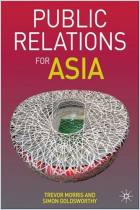
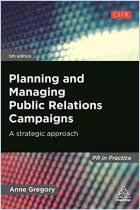
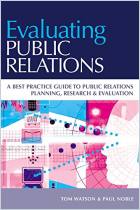
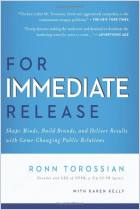
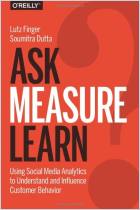




Comment on this summary